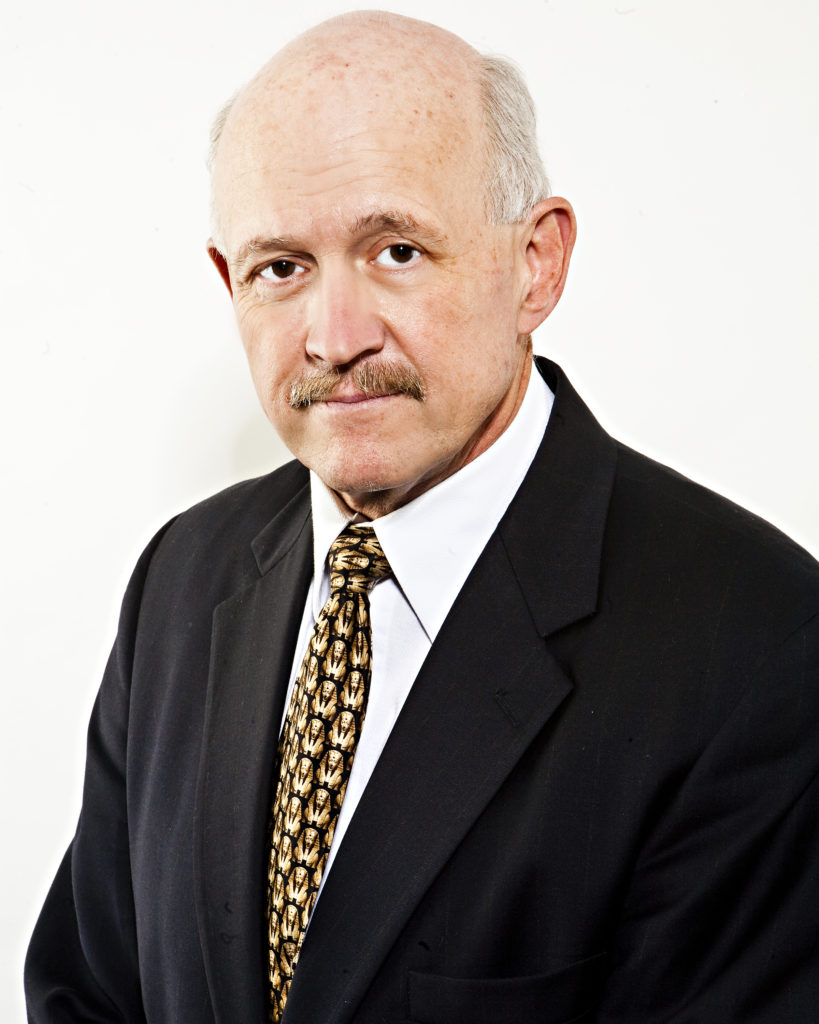Rural Land Market

2025 Spring Antiques Show | March 20 – April 6
2025 Fall Antiques Show | October 4 – 18

As a research economist with the Texas A&M University Real Estate Center, Dr. Charles Gilliland has been studying Texas land prices since the 1980s. He’s earned a well-deserved reputation as the Lone Star State’s go-to guy for questions about rural land. We asked him for his perspective on the rural land market in the Roundtopolis: Austin, Bastrop, Burleson, Colorado, Fayette, Lavaca, Lee and Washington counties.

RTR: In your opinion, what factors are driving the rural land market in the eight-county region we call the Roundtopolis?
CG: Generally, the big driver in this region is the prosperity of Houston itself. In recent years, the city’s economy has benefited from the strength of the energy sector. Even with the downturn in the energy market, the real estate market has stayed strong. In fact, we’re just now seeing a slight slowing of Houston’s housing market resulting from the oil price drop that began in January. We’ve not seen immediate consequences.
Several of the counties you mentioned are destinations in and of themselves. As such they are not as vulnerable to general downturns because they attract buyers who have the means to purchase property. Even if the energy woes were to spread more widely, I’d be surprised to see a really pronounced downturn in the area.
CG: A long time ago rural land prices were thought to be linked to farming and ranching, but that changed in the 1960s. Since then, recreation has become a dominant force. People from urban areas began looking for rural getaways. Those from Houston were drawn to Round Top, Brenham, La Grange and the surrounding areas. These people were professionals who had the financial wherewithal not only to purchase property but improve it. This trend continues today.
Recreational use really began to gather speed with the passage of Proposition 11 in 1995, which created a wildlife tax valuation. It provides the same tax benefits as an agricultural valuation without requiring landowners to run livestock. Being able to keep an open space valuation without the responsibility of managing livestock is a boon for people who want their rural property to be a relaxing getaway. Maintaining wildlife habitat is a lot less labor intensive than managing livestock.
Brokers across the state have also reported a shift in the types of rural properties people are seeking. Twenty years ago, buyers were interested in buying as many acres of land as they could afford. Now, brokers say that for many buyers total acreage takes a backseat to the availability of a nice house and surface water. In many cases, people are looking for small tracts because they want to focus on relaxation not maintenance.
CG: When the oil market dropped in the mid-1980s, Texas’ rural land markets collapsed. The land market had been under siege from low agricultural commodity prices that started in 1982, but the energy sector was shoring up the land market. The underpinning came out when oil hit $10 a barrel in 1986.
Up to 1985 – 86, the land market was relying on heavily leveraged financing. People weren’t paying for the land through its own production but from their other businesses. For instance, if someone had an oilfield trucking company, their revenue source dried up when the oil market broke. The first thing these people did was to quit paying their land loans, so rural lenders ended up with a large inventory of unwanted rural land. It took until 1993 for the lenders to work through this supply overhang.
[pullquote width=”300″ float=”left”]Recreational use really began to gather speed with the passage of Proposition 11 in 1995, which created a wildlife tax valuation. It provides the same tax benefits as an agricultural valuation without requiring landowners to run livestock. Being able to keep an open space valuation without the responsibility of managing livestock is a boon for people who want their rural property to be a relaxing getaway. Maintaining wildlife habitat is a lot less labor intensive than managing livestock.[/pullquote]
Now, the difference is that a lot more rural land transactions are handled on a cash basis, so even if other sectors of the economy go sour these buyers are not under the same pressure as those in the 1980s.
In 2009, we witnessed the difference when the financial markets froze. Everyone had expected the land market to substantially decline, but it only dipped for one year and then began to recover. During this period, landowners who put their land on the market were met with some ridiculously low offers because the buyers expected the sellers to be under pressure to sell.
Instead, potential sellers said, “I paid X amount for this land, and I’m not selling it for less.” A game of chicken ensued between buyers and sellers. The sellers never had to blink.
CG: [pullquote width=”300″ float=”left”]It’s an understatement to say this region is advantageously located between Houston and Austin. Traditionally, Austinites have headed west to the Hill Country for rural land purchases, but I suspect that a growing number may begin to look east.[/pullquote]
Generally, statewide trends are a good predictor for regional activity. Over the past two years, rural land overall has been appreciating. The statewide market was very strong last year and going into this year.
With that said, I wouldn’t rule out the possibility of the rural land market taking a breather or even a short-term dip. In the long-term, though, they’re not making any more of it—and there’s an increasing number of people interested in using what’s there.
See also: Rural Lenders
2025 Spring Antiques Show | March 20 – April 6
2025 Fall Antiques Show | October 4 – 18